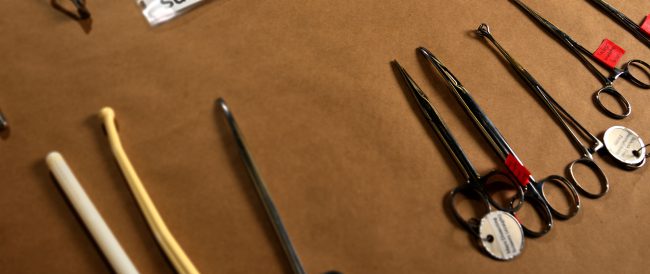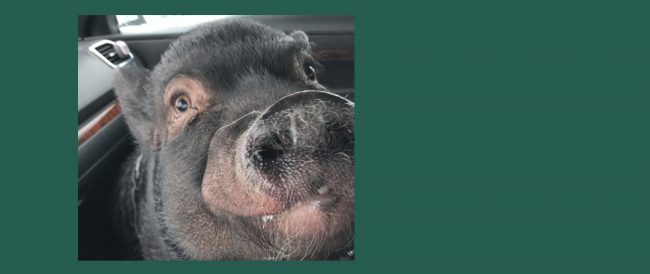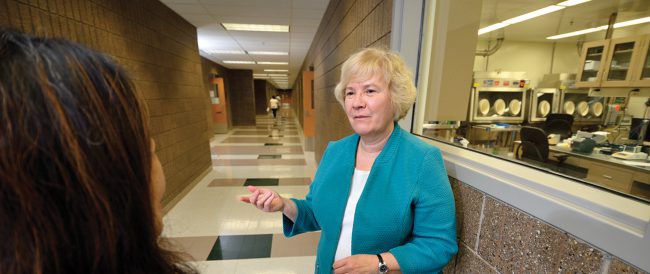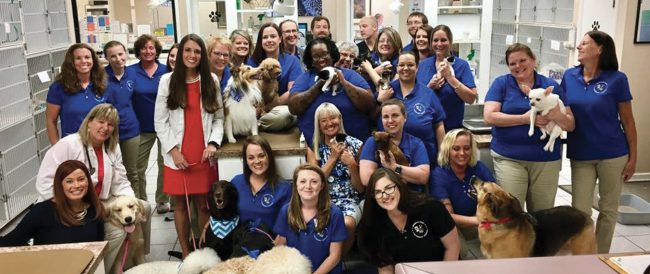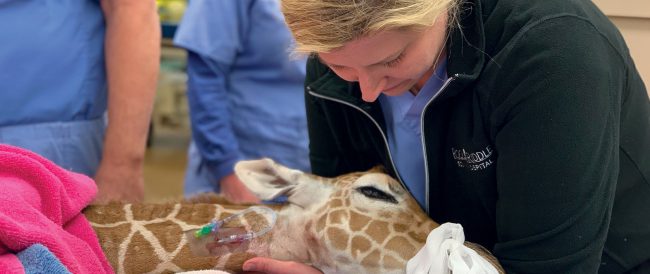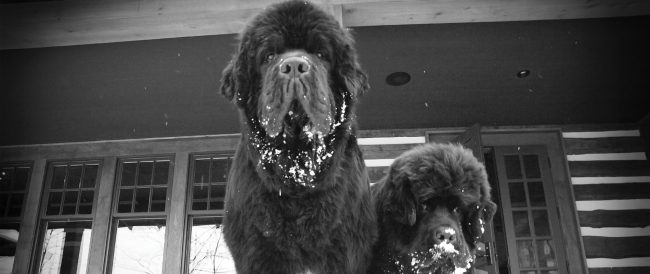 Read More
Read More
Sherri Duncan (DVM ’88) opened her solo veterinary practice, Murrells Inlet Veterinary Hospital, in Murrells Inlet, South Carolina just 3 months after she completed her DVM at the Michigan State University College of Veterinary Medicine. In 31 years, she’s gone from being the only employee in an 800-square-foot space to running a state-of-the-art veterinary hospital that’s more than 10 times its original size. She has 6 associate veterinarians and a staff of more than 40, who adore her as much as her clients do.
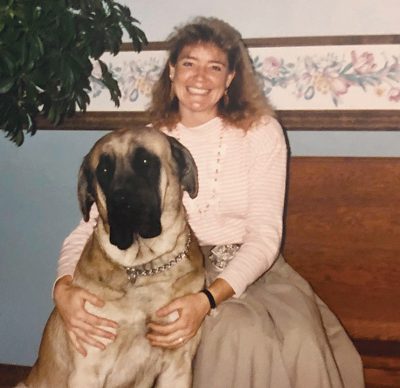
“I graduated, took the South Carolina boards, got married, and moved to South Carolina all in the same week,” Duncan says with a laugh. “I was given job offers by a couple of area veterinary hospitals, but didn’t feel they were a good fit for me. Over lunch with one practice owner, I politely declined an offer to work as an associate and told him I was considering opening my own practice. The lunch meeting went from cordial to hostile as he put his finger in my face, then poked me in the chest and said, ‘You will fail.’ I could not believe it. That was my motivation to make it work. It sealed my resolve and I immediately began scouting for locations to open my hospital.”
Fun fact:
Duncan told her husband, Bill, whom she met when they both lived in McDonel Hall as undergraduates at MSU, that she wanted a Mastiff instead of an engagement ring;
he obliged with Dylan, the engagement Mastiff, who was her only companion in the hospital’s early days.
As a 26-year-old woman operating her own veterinary hospital, that would not be the first time Duncan faced people who doubted her. When she went to the bank to get a loan to open her practice, the bank’s vice president leaned back in his chair, put his feet on his desk, threw her proposal in the trash and said, “Now little lady, what do you think you’re doing opening a hospital?”
Undeterred, Duncan took her husband with her when she applied at a different bank and walked out with a $16,000 loan.
“We only used half of it,” she said. “We were very thrifty. I rented a small space that was previously an auto garage and my husband and I did all the renovation and finish work ourselves. I found out that a local hospital was renovating a wing, so I called the materials manager and got cabinets, exam tables, a surgery table, and a lot of other supplies for free or at a nominal cost. That was so helpful.”
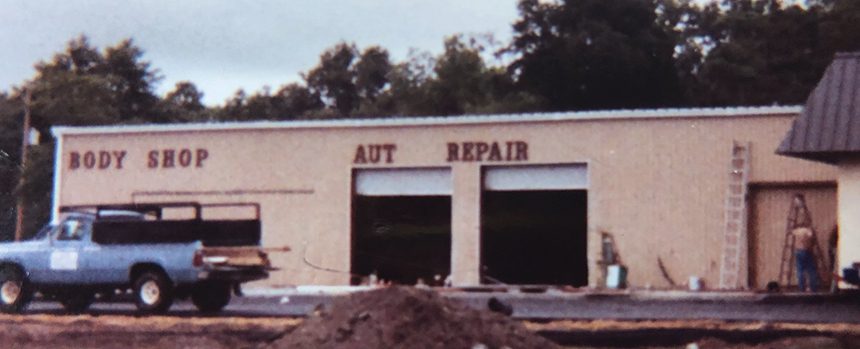
Duncan couldn’t afford flooring for her clinic, so she painted the concrete with heavy-duty floor paint.
“Every night, I had to sweep, mop, and repaint the floor because the dogs’ toenails would scratch the paint off,” says Duncan.
She built her practice by being willing to do anything at any time. In addition to seeing every animal that walked through the door, she also saw all large animals in a 50-mile radius of her clinic, mostly after she finished her 7:00 a.m. to 7:00 p.m. office hours.

“There were no emergency clinics in the area in 1988,” says Duncan. “So, after I opened, several veterinary hospitals put my phone number on their answering machines, referring people to me after hours. This helped increase my practice significantly. I can remember petting Dylan, staring at the phone, praying for it to ring, but also terrified I wouldn’t know the answers to all the questions people could ask me. I was receptionist, technician, and doctor all at the same time. When I opened, I didn’t hire any employees; I was afraid I wouldn’t be able to pay them. Bill helped me after his day job and on weekends. There were times when Bill would hold the textbook for me to read during emergency surgery so I’d know what to do in situations I’d never encountered before.”
Duncan credits her MSU College of Veterinary Medicine education for enabling her to survive and thrive in the early years of her solo practice.
“When you graduate from school and start practicing, you feel like you don’t know anything—although, you know more than you think,” she says. “There’s no way a school can teach you everything that you’ll face. MSU was so awesome because it taught me how to figure things out and problem-solve. I was given the knowledge to figure out what to do, the skill set to do what needs to be done, and the confidence to take it on. MSU allowed me to do what I did by myself.”
For her achievements, Duncan was honored with the College’s Distinguished Alumni Award in 2002. The award, which is only given to graduates of the College, recognizes alumni who excel in practice, teaching, research, service, or organized veterinary medicine. She also has volunteered to mentor current students.

“While starting out as a solo veterinarian was not ideal, I relied on my MSU education and training,” she says. “It gave me the skills and confidence to provide great care to my patients and earned me the trust of their owners, who allow me the privilege to provide that care. Now, when I hire a new veterinarian, I pair her or him with a more experienced veterinarian for at least six months.”
Besides Dylan, Duncan’s pets have included four other Mastiffs and three Great Danes. Since they have passed, she’s devoted herself to rescuing cats, mainly ferals, bottle feeders, and those that are disabled.
“We have 20 cats right now, including Scootie, a guy who was born incontinent and without hip sockets. He scoots around on the floor wearing a diaper,” she says. “We’ve been changing his diaper 3–4 times daily for 9 years now. My house is the land of misfit toys.”
Away from her practice, Duncan collects vintage costume jewelry and wrote Jewels of Passion, a book that showcases fantastic costume jewelry from 20th century designers.
“If I weren’t a veterinarian, and if I could sing, I would be a rock star,” Duncan says. “But I can’t sing. So I’m a vet.”


